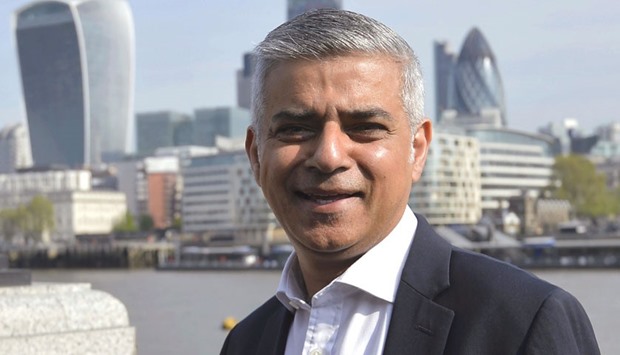London’s planned garden bridge could end up reliant on public money to cover running costs once built because its proposed business plan is wildly optimistic and riddled with untested assumptions, according to an expert report on the project.
Dan Anderson, who runs a consultancy that advises tourist attractions and similar destinations, said the business plan for the proposed 367-metre link across the Thames was possibly the least robust he had seen in 20 years in the industry.
“I’ve never seen one that is so obviously weak,” said Anderson, of the Fourth Street consultancy. Most such projects normally needed lottery funding and thus had their business plans scrutinised, he said. “This one just seems to have sailed through with very little challenge.”
The Thomas Heatherwick-designed structure, to run between Temple on the north side of the river and the South Bank, is forecast to cost £175mn. Of this, £60mn will come from public money – half from the department for transport and half from Transport for London.
The project received heavy backing from Boris Johnson as London mayor, but his Labour successor, Sadiq Khan, has since pledged that no more public money will go to the bridge and last week halted some existing spending ahead of a review.
But Anderson, a critic of the bridge who undertook the 44-page report without being commissioned, said Khan’s pledge was likely to be unrealistic.
Anderson’s analysis of the business plan produced in March by the Garden Bridge Trust calculates that although the trust predicts a £232,000 net profit in the first year of operation, a more realistic outcome is a £165,000 loss. A more gloomy set of assumptions brings a projected loss for the year of nearly £1mn. A predicted near-£500,000 profit in year five is more likely to be a small loss, the report says.
Anderson argues that much of the trust’s projected income from donations is based on models taken from museums and galleries, whereas the bridge is billed as primarily a transport link for pedestrians – 65% of users are forecast to be regular commuters unlikely to use voluntary contactless donation points. “Simply making this key adjustment reduces projected income by some £200,000 per annum,” Anderson writes.
Similarly, he argues that projections for fundraising and sponsorship include “virtually no explanation of what the Garden Bridge Trust will do to raise these funds”. Museums and palaces can offer donors discounted admission, or entry to areas otherwise closed to the public, but the garden bridge will be open to the public and thus has little scope for offering extras.

Sadiq Khan: Khan’s pledge ‘likely to be unrealistic’


